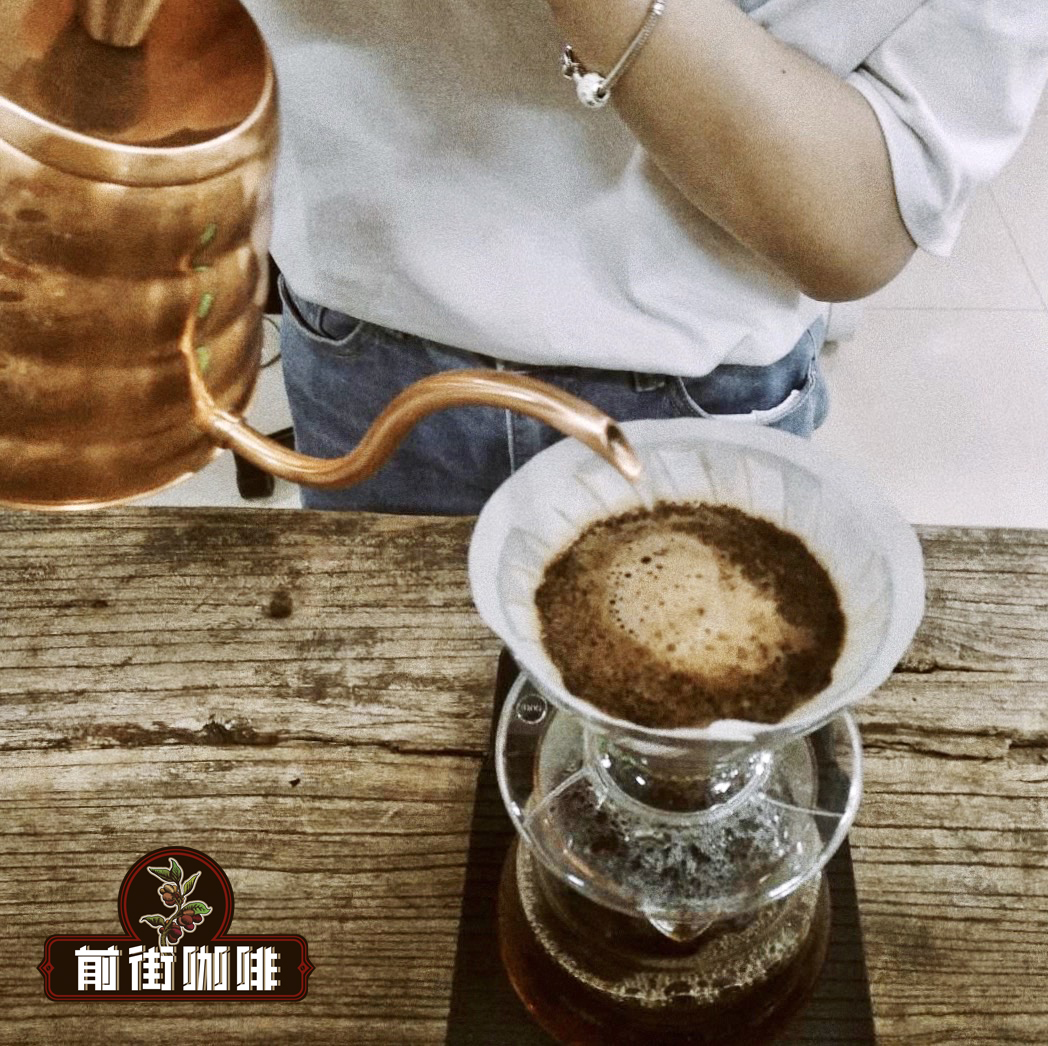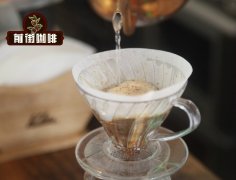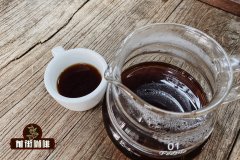Santa Barbara, Honduras characteristic San Vincent processing Plant Sun Parainema Coffee brewing suggestion
Introduction of Santa Barbara production area
In addition to coffee cultivation in Santa Barbara, local natural factors such as "fertile soil" and "microclimate" increase the conditions for the breeding of coffee fruits.
The warm breeze from the Cauca Valley along the river and hillside to Santa Barbara Coffee Manor at high altitude creates a microclimate suitable for coffee cultivation. The manor is located in the volcanic geological area, and the rich volcanic ash enriches the minerals in the soil, which provides enough nutrients for coffee beans to grow and grow.
In addition, the manor is meticulous in management, using more than a thousand employees to pick and harvest beans, telling employees about the importance of coffee quality, and asking each of them to deal with a small amount of coffee beans. In addition to this kind of worker management, they are also very careful in the management of land, water quality, the natural environment of trees, and the management of dry treatment plants. Coffee beans are so carefully protected from beginning to end, thus achieving the quality of coffee beans in Santa Barbara.
Introduction of St. Vincent treatment Plant
The St. Vincent processing Plant (San Vicente) is the main coffee producing area in the country. Founder Fidel Paz has been in the coffee business since the early 1980s, dedicated to many production and processing processes, in order to improve the reputation of coffee beans in Honduras. St. Vincent's processing plant is committed to more than just production and processing. It has been invested and cultivated for decades in coffee producing areas, import and export trade and roasting methods. When it comes to coffee from Honduras, most people think of St. Vincent's processing plant. The Excelsior character handed down from generation to generation has turned St. Vincent into a representative symbol of Honduran boutique coffee, while St. Vincent's acquisition of the surrounding small farmer coffee beans has greatly helped its knowledge, technology and economy, so the coffee produced is high in sweetness and rich in fruit flavor, which is always amazing.
Flavor characteristics of Parainema Coffee
This is a new variety developed through mating, which can resist leaf scab and prevent nematode erosion. Mainly by. The improved coffee was first grown in Costa Rica between 2006 and 2008, then introduced to Honduras in 2010 and named Parainema. The Parainema coffee tree is a small shrub that can have green, yellow, or a mixture of two colors at the leaf tip, depending on the pedigree of the tree species it comes from. This batch of raw beans of Parainema coffee is a rare variety, coupled with the aftertreatment through the St. Vincent processing plant, the victorious army of COE in Honduras, completely showing the high sweetness and fruity flavor of Honduran coffee.
Cooking suggestions:
Use 15g coffee beans, grind the granules by hand, the ratio of powder to water is 115, and the temperature of boiling water is about 90 degrees C. The steaming water is about 30g and the steaming time is 30 seconds. Then inject 95g heavy hot water for the first time, wait for the water level to drop to nearly dry, and then inject water for the second time. Then inject 60g heavy hot water, wait for the water level to drop to nearly dry, and finally inject 40g heavy hot water. After draining, the filter cup can be removed. The total amount of water injection is 225g and the total time is about 2 minutes and 10 seconds. (the change of total water volume is 30 → 125 → 185 → 225g)
The instrument is V60 filter cup, and a larger water injection can be used in the first stage of water injection to make the water level of the powder layer high. It should be noted that the water level of the silt layer of the second water injection should not exceed the highest point of the first time. In addition, the coffee can be adjusted by the amount of water injected for the second time.

Parainema species Solar treatment in Saint Vincent treatment Plant, Honduras
■ countries: Honduras (Honduras)
■ producing area: Santa Barbara (Santa Barbara)
■ production: St. Vincent treatment Plant (San Vicente)
■ variety: Palayinema (Parainema)
■: 1500-1900m above sea level
■ treatment: sun treatment
Important Notice :
前街咖啡 FrontStreet Coffee has moved to new addredd:
FrontStreet Coffee Address: 315,Donghua East Road,GuangZhou
Tel:020 38364473
- Prev

Coffee from Eincht Manor in Guatemala introduces the flavor of Marago Gibbe coffee in Eincht Manor
Eincht Manor, Guatemala, Finca El injerto was founded in 1874 by Jess Aguirre Panam. At first, the manor grew mainly corn, tobacco, beans and sugar cane. Coffee was not grown until 1990, and the manor was officially named after a local fruit called "Injerto" was found in the area.
- Next

The source of Bassirou Rubi coffee beans the flavor of Ruby coffee beans without peel and sun on Pacio Farm
Ruby Rubi (ruby) coffee bean comes from the development of bean breeding, and the most important development in Brazil in the last century is undoubtedly the Catua bean seed. Kaduai is artificially mixed with Mundo Novo and Kaddura, developed by the Campinas Agricultural Research Institute (Instituto Agronomico; I) in the state of Sao Paulo, Brazil.
Related
- Beginners will see the "Coffee pull flower" guide!
- What is the difference between ice blog purified milk and ordinary milk coffee?
- Why is the Philippines the largest producer of crops in Liberia?
- For coffee extraction, should the fine powder be retained?
- How does extracted espresso fill pressed powder? How much strength does it take to press the powder?
- How to make jasmine cold extract coffee? Is the jasmine + latte good?
- Will this little toy really make the coffee taste better? How does Lily Drip affect coffee extraction?
- Will the action of slapping the filter cup also affect coffee extraction?
- What's the difference between powder-to-water ratio and powder-to-liquid ratio?
- What is the Ethiopian local species? What does it have to do with Heirloom native species?

